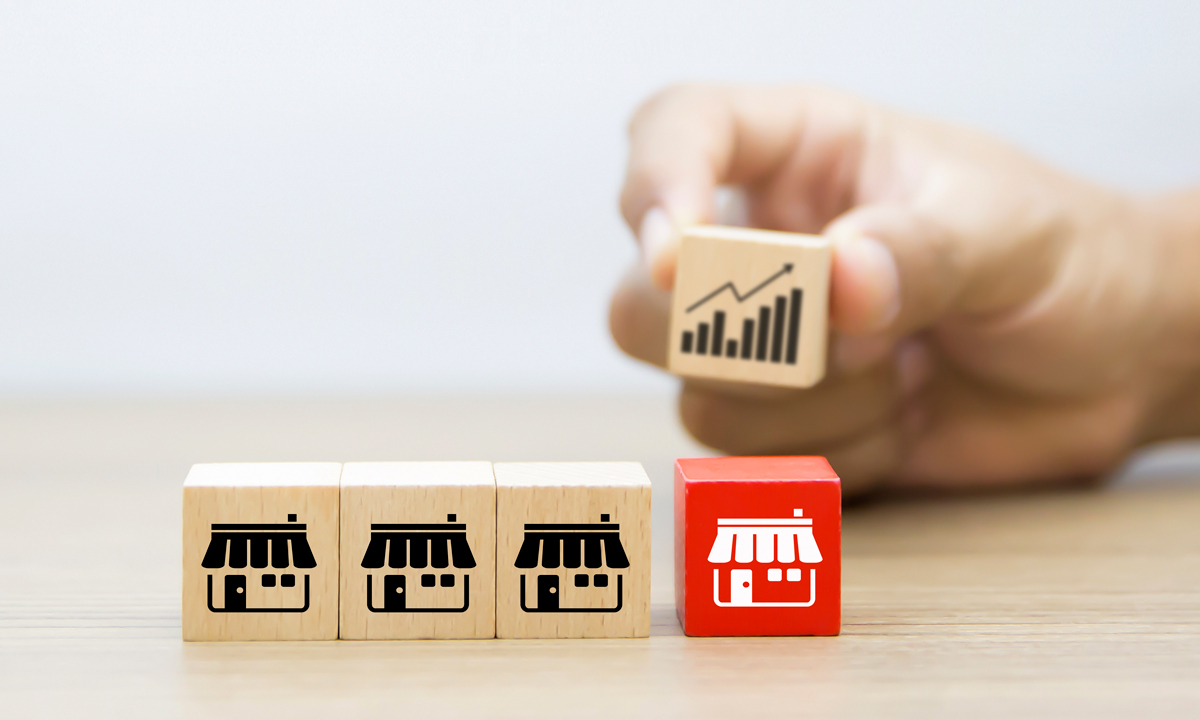By all appearances, automotive retail’s buy-sell market is similar to 2022 — with the exception that there is now a shift in dynamic.
Last spring the market was hot but interest rates were rising, signalling a major impact on financing transactions for buyers.
There were signs the market would tighten up, and that buyers would be more cautious in their decisions to acquire stores and in their valuations. But as we entered the second quarter of 2023 the market remained strong, according to DSMA Managing Partner Maxime Théorêt.
In an interview with Canadian auto dealer, he said the market is heating up even as lenders are more careful, taking more time and requiring more cash for deals. Active buyers, on the other hand, are “still very active and they’re still very motivated to close on transactions. So it’s still a very robust market right now.”
Of course the market was hot last year too, but this year future profitability concerns seem to loom (or loom larger) over decisions in a “post-pandemic” world.
Post-pandemic concerns
There is a question hovering above many dealers that is intrinsic to future profitability concerns.
“We are seeing that there may be a little bit more of a gap that is starting to be created between seller expectations and what the buyers are going to pay. And the reason for that gap is because the earnings were so high post-COVID,” said Théorêt.
He said many dealerships were posting high profitability for the months and years after COVID, which means the number one question for buyers on the market right now is: can I sustain those earnings?
Past profitability is meant to be a buyer’s number one indicator of future profitability. And as Théorêt put it, when a buyer acquires a business they are basically acquiring its future profitability. But the “post-COVID” world, which impacted dealers positively for many reasons, was not the norm. Théorêt said buyers now need to look strongly at the pro forma and consider the various scenarios going forward.
“That’s the dynamic we see right now, and we’re basically talking to buyers and sellers every day and educating everyone about that valuation aspect, which is a little more technical,” said Théorêt.
Other concerns and considerations
Peter Heasty, President of Baker Tilly Dealer Acquisitions, also noted that detail when discussing the state of the buy-sell market this year.
Although not a lot has changed since 2022, he said there is a general consensus that dealer profits from 2022 are not sustainable — and that margins will reduce as a result of increased supply.
“Conversely though, dealers’ general overhead has also reduced during the pandemic and for dealers paying attention to costs, these savings are permanent,” said Heasty. “In addition, increased volume should result in maintaining the overall gross profit level.”
To-date, Heasty said this has not had an appreciable impact on buy-sell multiples. He suggests keeping an eye out for higher floorplan interest this year — particularly for dealer franchises with inventory on the ground.
“This could result in some transactions being adjusted downward, to account for inventory costs several times more than in 2022,” said Heasty. “However, buy-sell transactions have a medium- to long-term horizon. One could argue that increased floorplan interest will stabilize as rates reduce in 2024 and 2025.”
Opportunity south of the border
Outside, or perhaps in extension to, the Canadian buy-sell market is an interest in looking south of the border to acquire stores.
According to Heasty, multiples have traditionally been lower in the United States than in Canada. For dealers in Canada wishing to do business in the U.S., that could translate into a higher return on investment.
“I think the stability of the Canadian market is the reason our multiples are somewhat higher,” said Heasty. “Canada, for the most part, has an air tight banking environment and is the reason it fared better than all other G7 countries during the 2008 financial crisis.”
Heasty said some of the reasons Canadian dealers are acquiring stores in the U.S. is because they are in a higher “snack bracket,” and the transaction size they are looking for is becoming more scarce in Canada.
“Our American friends have 10 times the market we do, and so there is more to choose from,” said Heasty.
“However, (the act of) Canadians looking south of the border does not affect the activity here. It is more a result of having access to a larger market rather than preferring the American market and pulling back on Canadian transactions.”
Opening up the market
DSMA’s Théorêt also noted that the U.S. environment is more dealer-friendly compared to some provincial legislation in Canada. And that deals in the U.S. are cheaper than in Canada, when comparing like with like.
British Columbia-based dealers Phil Alalouf and Todd Hewitt, both first-time owners, told Canadian auto dealer they felt it was more financially feasible to buy in the U.S., allowing them to invest less in the country and benefit from a greater ROI. They acquired a dealership in Southern California.
Théorêt said more Canadian buyers are looking at the U.S. for dealership acquisition prospects — not the other way around. And this is coming from both large and small dealer groups, including dealers that own one or two stores.
“We’ve got smaller groups that are very good with activities in the U.S., and it would just make so much sense for them to acquire dealerships south of the border so that they (can create) a platform to transit the cars through in the U.S.,” said Théorêt. “That’s a trend we’re seeing.”
Advice for buyers and sellers
Overall Théorêt advises dealers in the “buy” market to do their homework as the industry enters an environment where, potentially, the profitability of dealerships will be challenged. In other words, they need to ensure their cash flow will be “cash-flow positive” — that they can service their debt, that they have reviewed the different scenarios (including the possibility of a recession), and that they have looked at the pro forma.
For sellers, because of the current environment, the pandemic, and interest rates, Théorêt advises taking the time to understand the true value of their dealership(s) — and not just the profitability, but also the real estate right now and over the last few years.
But not everyone sees this as a trend. Samir Akhavan, Co-founder and Managing Partner at Templeton Marsh, wonders if it’s all simply a matter of press coverage.
“I am still not convinced that’s a trend, or a significant portion of our industry. It’s just that U.S. acquisitions garner bigger press coverage,” said Akhavan. “There are still lots of great acquisition opportunities here in Canada — for dealers that can write the cheque and will get approved.”
Even as future profitability concerns loom large for some, Akhavan said that, historically, what goes up must eventually come down. Dealers, he noted, have had 12 to 15 years of strong profits; now they may be due for some corrections. The challenge is to determine how long this instability will last.
“Dealers are now facing challenges on a number of fronts unlike anything most of them have seen before,” said Akhavan. “Dealers with strong balance sheets and good operating abilities will come out just fine.”
The takeaway
Overall, dealers will need to do their homework as the industry enters an environment where, potentially, the profitability of dealerships will be challenged.
Buyers will need to ensure their cash flow will be cash-flow positive — that they can service their debt, and that they have reviewed all the different scenarios. And sellers will need to understand the true value of their dealership(s) and not just the profitability, but also the real estate value as it is now and as it was over the last few years.
“An old saying in auto retail goes: there is an ass for every seat — there is a buyer for every opportunity,” said Akhavan.











